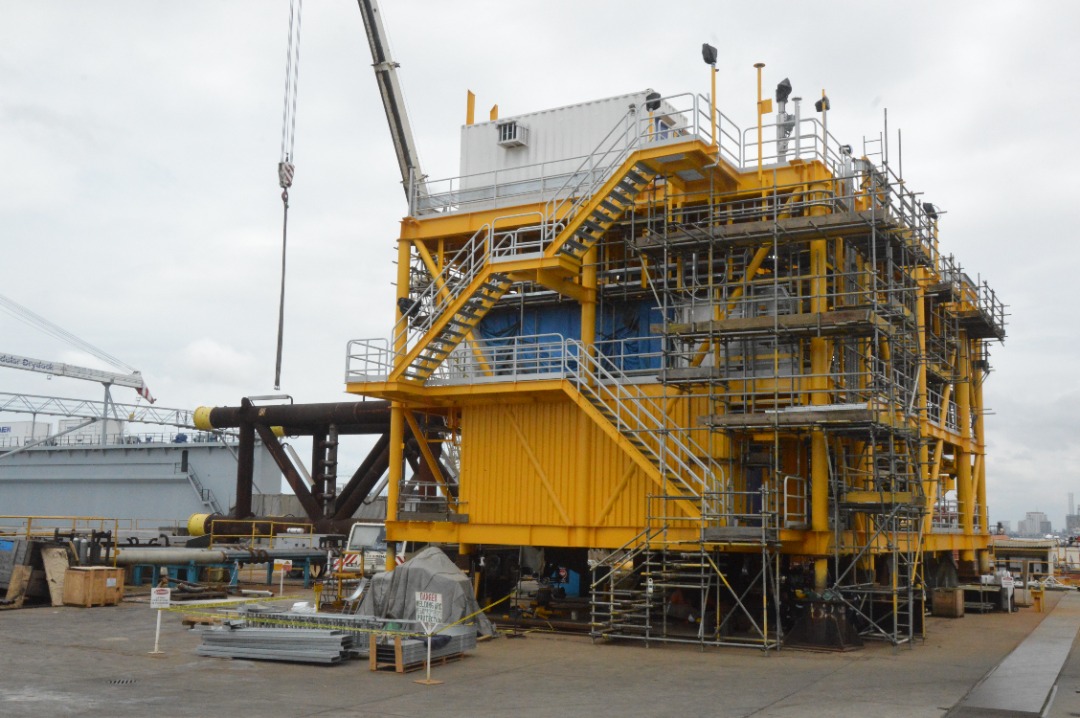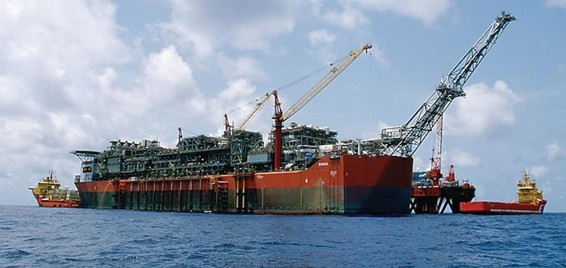When the First Niger Bridge was completed in the mid-1960s, it quietly marked a turning point in Nigeria’s infrastructure story. For the first time, a bridge of such magnitude—linking Asaba and Onitsha across the River Niger—demonstrated that local capability could deliver projects with generational impact. This milestone is emblematic of a larger narrative—one where infrastructure is not only a physical construct of steel and concrete, but the backbone of economic growth. Against this backdrop, the African Development Bank Group identifies infrastructure as a key driver for progress across the African continent and a critical enabler for productivity and sustainable economic growth. It contributes significantly to human development, poverty reduction, and the attainment of the Millennium Development Goals (MDGs).
Additionally, global evidence reinforces this point. The World Bank estimates that a 10% increase in infrastructure provision raises growth by 1% in the long term. Nowhere is this more evident than in Africa, where persistent deficits mean that every bridge built, pipeline laid, or terminal erected carries outsized weight—reshaping economies and communities for generations. But beyond GDP figures, infrastructure delivers wider social dividends. It serves as both an enabler and an equaliser. It narrows the gap between rural and urban areas, supports human development by providing access to education and healthcare, and industrial facilities create jobs that sustain households. Even the presence of reliable infrastructure attracts investment, lowers the cost of doing business, and enhances a nation’s competitiveness.
Nigeria’s Infrastructure Imperative
For Nigeria, with its population surpassing 220 million and an ambitious development agenda demanding new foundations, the socio-economic returns on infrastructure investment are not just high—they are indispensable. The country’s infrastructure gap is estimated by the National Integrated Infrastructure Master Plan at over $100 billion annually, underscoring the urgency of bridging deficits across transport, energy, housing, and industrial capacity. Without strategic interventions, the cost of doing business remains high, trade corridors remain underutilised, and industries operate below their potential.
Over the years, Nigeria’s infrastructure challenges have also driven the growth of homegrown engineering capacity. From the earliest oil and gas facilities to landmark bridges, steel plants, and marine structures, the country has nurtured institutions capable of not only meeting domestic demand but also exporting expertise across the region. It is within this context that companies like Dorman Long Engineering have emerged as pillars of national development.
 The Role of Indigenous Capability
The Role of Indigenous Capability
One of the most historic demonstrations of this capacity came in the 1960s, when Dorman Long participated in the construction of the First Niger Bridge commissioned in 1964 and completed in 1965. More than a feat of engineering, it was a gateway for trade, mobility, and national integration. Nearly six decades later, the structure still stands—a testament to the enduring socio-economic impact of infrastructure done right.
Fast forward to 2022–2023, and the company once again underscored its commitment to delivering critical infrastructure by completing the ~2,000-tonne Madu Conductor Supported Platform (CSP) for First Exploration & Petroleum (First E&P)/NNPC JV. What made this project remarkable was not just its scale but its symbolism: it was the first offshore platform to be fabricated entirely in Nigeria. About 250 Nigerians worked across various stages of the project, gaining world-class technical exposure, while the company delivered with zero Lost Time Injuries—a global safety benchmark. In doing so, it proved that Nigeria has both the talent and the industrial base to execute complex energy infrastructure domestically, reducing dependence on foreign fabrication yards and strengthening the foundations of national development.
Beyond the Niger Bridge, Dorman Long has played a pivotal role in other landmark projects that have shaped Nigeria’s infrastructure. The company was entrusted with the fabrication of suction piles and buoy structures for Shell’s Bonga Field project, piles for ExxonMobil’s ERHA development, and brownfield engineering works for Chevron’s Okan PRP project and Total’s offshore operations—all completed to international safety standards, with industry awards recognising hundreds of thousands of man-hours executed without a single Lost Time Injury. In addition, its deepwater quay facility at the Nigerian Naval Dockyard has enabled the assembly and marine transport of some of the heaviest offshore structures in the country, while its Agege galvanising plant—the only large-scale facility of its kind in Nigeria—provides critical protective coatings for steel used across oil, gas, power, and telecommunications infrastructure. Together, these milestones underline its enduring role as the backbone of Nigeria’s industrial and infrastructural progress.
Sustainable infrastructure development, which drives economic growth, relies on the transfer of knowledge from one generation to the next and continued investment in building and developing relevant technology. Dorman Long is invested in staff training and is constantly exploring new ways of attracting young Nigerian talent to the business. Most recently, the company signed a landmark MoU with the Nigerian Society of Engineers (NSE) to deepen engineering capacity in Nigeria. The agreement covers structured training programs for student members of NSE, internship placements, and a one-year graduate training scheme with stipends for fresh engineering graduates. This is both an investment in the future of Nigerian engineering and a continuation of its nearly century-long commitment to national development.
As Nigeria strives to bridge its infrastructure gap, Dorman Long Engineering continues to prove that with local expertise and vision, the nation can build structures that endure for generations.






